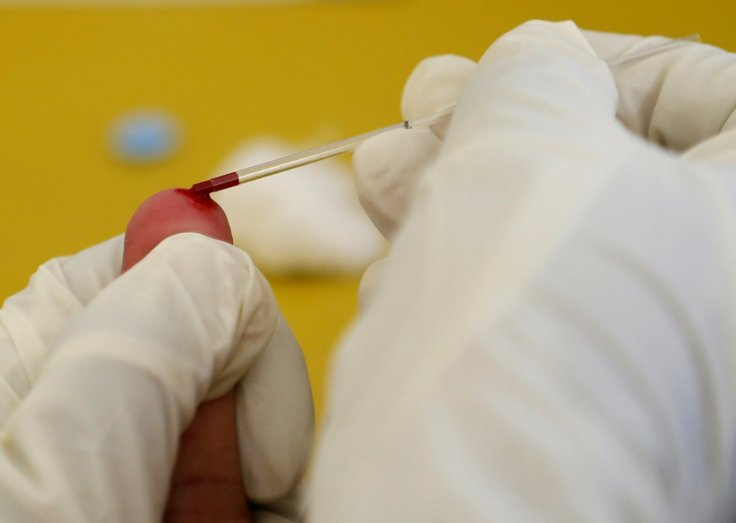
Researchers have developed gold nanoparticles that can potentially "trick" viruses into thinking they are invading a human cell and then destroy them -- a finding that would help develop a single drug to combat viruses that cause diseases such as HIV, dengue, papillomavirus, herpes and Ebola, all at the same time.
Viruses infect human bodies by binding to cells.
Once injected in the body, these nanoparticles imitate human cells and "trick" the viruses.
When the viruses bind to the nanoparticles, to infect them, the resulting pressure deforms the virus and opens it, rendering it harmless. Unlike other treatments, the use of pressure is non-toxic.
"Viruses replicate within cells, and it is very difficult to find a chemical substance that attacks viruses without harming the host cells," said Francesco Stellacci, led by researchers from the Ecole polytechnique federale de Lausanne (EPFL) in Switzerland.
"But until now, that's been the only known approach attempted permanently to damage viruses," Stellacci added.
However, the gold nanoparticles are harmless to humans, and they imitate human cell receptors -- specifically the ones viruses seek for their own attachment to cells.
The novel nanoparticles is unique in that it achieves permanent damage to the viral integrity without damaging living cells, the researchers said.
Moreover, the broad-spectrum antiviral drugs would also help curb the antimicrobial resistance resulting from the over-prescription of antibiotics, revealed the study published in the journal Nature Materials.
"Doctors often prescribe antibiotics in response to viral infections, since there is no other drug available. But antibiotics are only effective against bacteria, and this blanket use fosters the development of virus mutations and a build-up of resistance in humans," Stellacci said.









